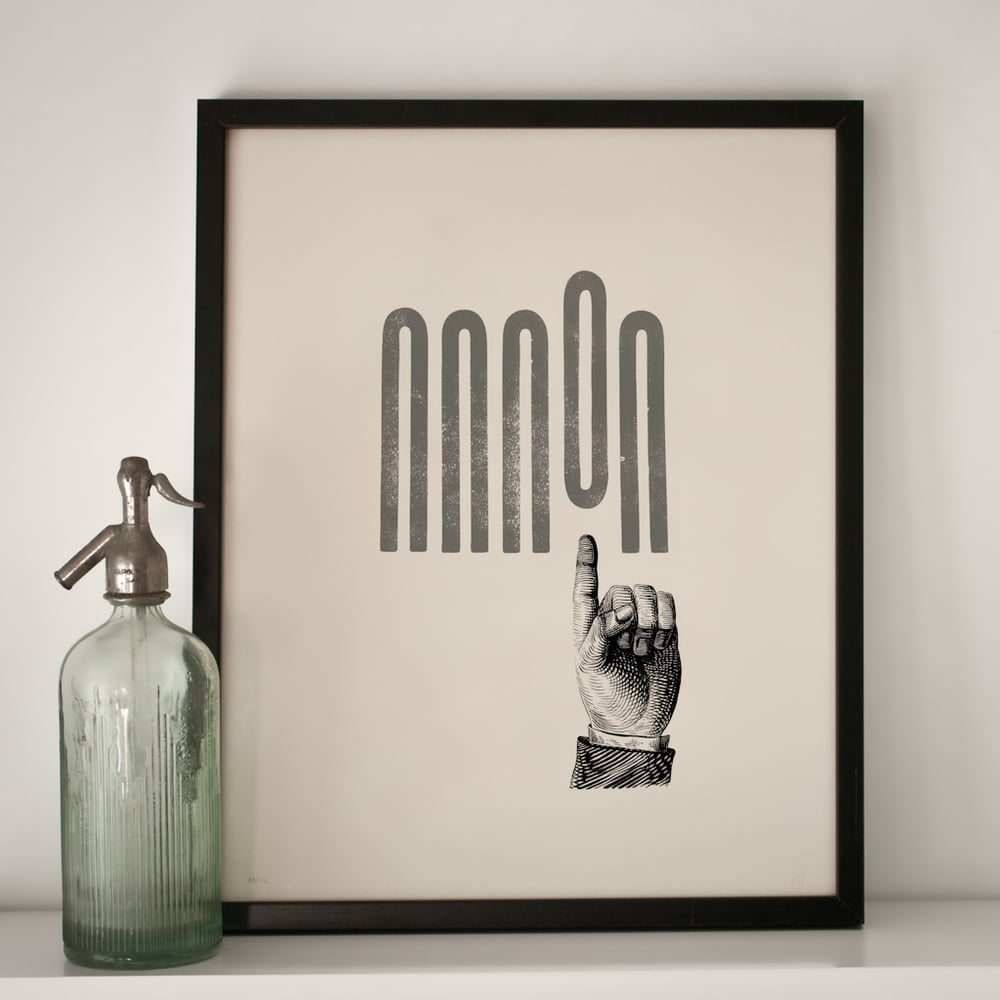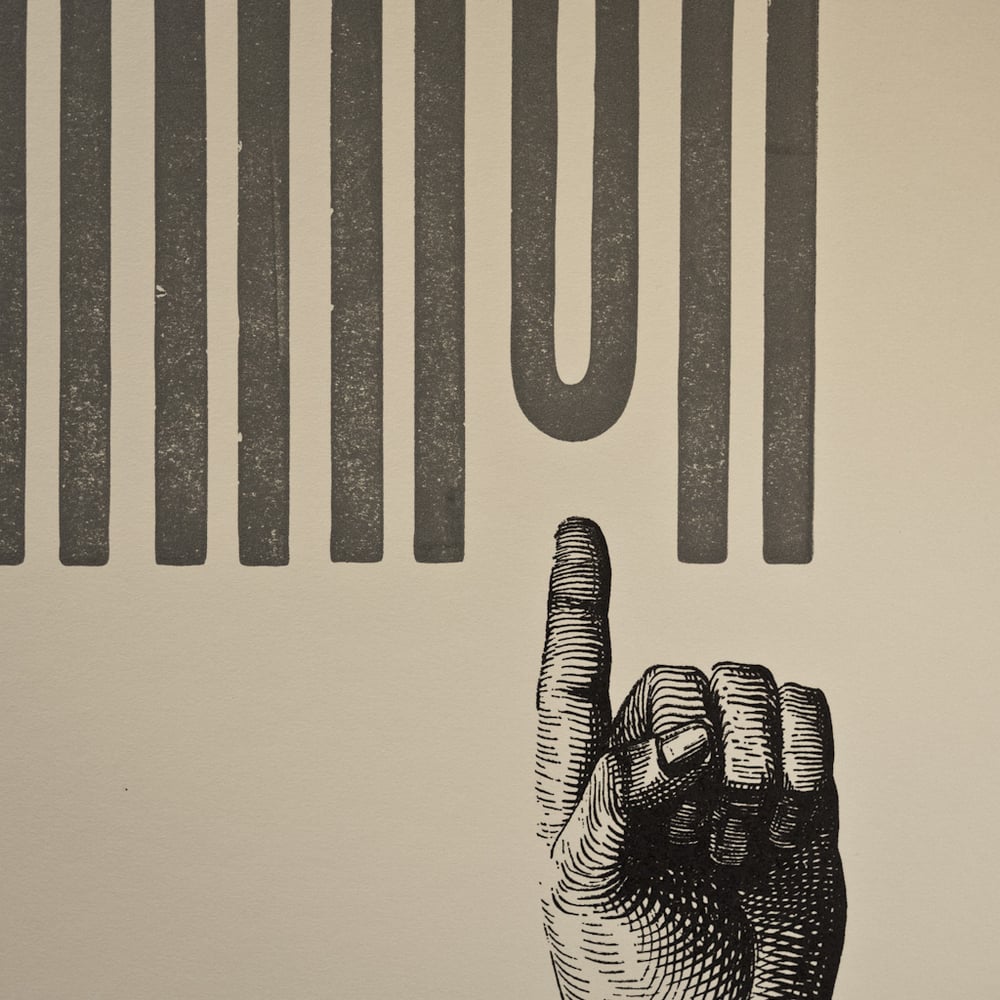The "O" real story
35,00 €
Existe un notable consenso en situar el origen de nuestro alfabeto en la evolución de los signos fenicios que, en una de sus derivaciones, pasarían al griego y de ahí al sistema actual pero, ¿que ocurriría si el origen de nuestras letras se pudiera contar de otro modo? ¿Y si -por ejemplo- el signo "A" fuera realmente una Cabeza de Buey como sugería Brossa?
En esa nueva historia el signo R no sería más que una P con gaiata, o la B una P con doble joroba (acaso no confundimos el común de los mortales camellos con dromedarios?).
Reescribir el origen de esos pequeños signos cada vez que alguien lo imaginara seria un merecido premio para todos aquellos que así lo hicieran. Tal vez, en esa historia, las letras O -siempre escondidas detras de algo- serían las letras más tímidas del alfabeto. Tanto, que a menudo las creeríamos U.
-
40x50cm. (15¾ x 19¾") en un tiraje de 50 ejemplares sobre papel Biblos 140 gr., de Cartiera Magnani y Old Mill 140gr. de Fedrigoni.
-
> Los procesos de entintado -con rodillo manual- y de presión -con un prensa de percusión y de pruebas, también manuales-, confieren sensibles variaciones en cada reproducción que las singulariza y las distingue.
> Los colores del original pueden ser ligeramente distintos a los que percibes desde tu pantalla.
> El marco no se incluye. El sifón tampoco!
(Medidas óptimas para un marco IKEA RIBBA).
-
Para más información sobre la composición consulta esta entrada.
Para cualquier duda contacta conmigo!
. . . . . . . . . . . . . . . . . . . . . . . . . .
There is a significant agreement placing the origin of our alphabet in the evolution of the Phoenician signs that, in one of its derivations, turned to Greek and from there to the current system but, what would happen if the origin of our letters could be explained in a different way? What if – for example – the sign “A” could really be a steer’s head as suggested by Brossa?
In that new story the R sign would be a P with a walking stick, or the B would be a P with a double hump (are we not confusing common camels with dromedaries?)
Rewriting the origin of these small signs every time someone is thinking about it would be a well deserved reward for those who would be doing it. Perhaps, in that story, the O letters – always hidden behind something – would be the shyest letters of the alphabet. So much, that could be thought as U.
-
15¾ x 19¾" (40x50cm.) 50 copies edition on 140 gr. paper Biblos of Cartiera Magnani and Old Mill 140 gr. of Fedrigoni.
-
> Inking -with manual roller- and pressure processes -with percussion press also manual-, give sensible variations to each reproduction making them singular and distinguishable.
> Original colors may be slightly different from what is perceived in the screen.
> Frame is not included. Siphon either!
(Fits standard IKEA RIBBA frame).
-
Further information on this composition look-up this entry.
For any question contact me!




